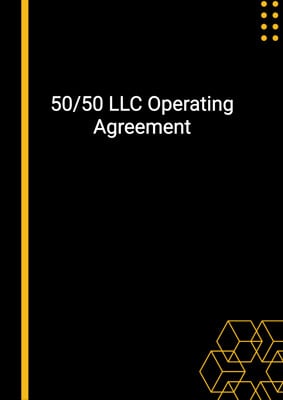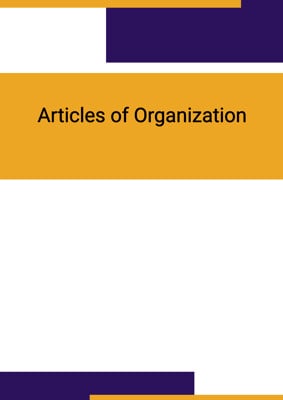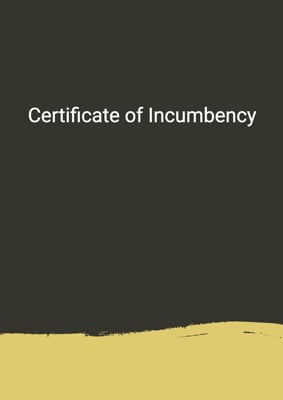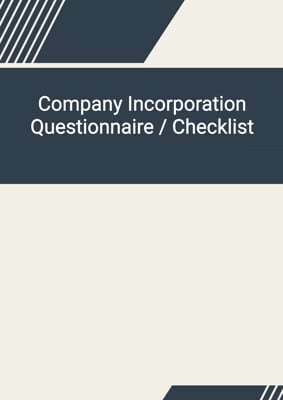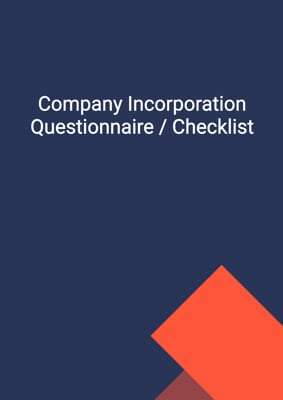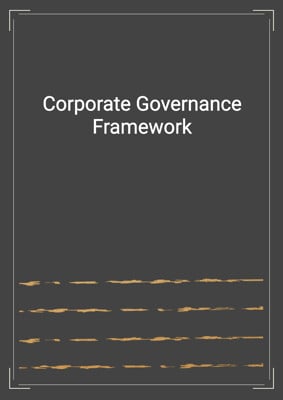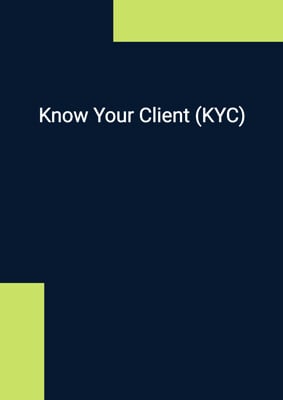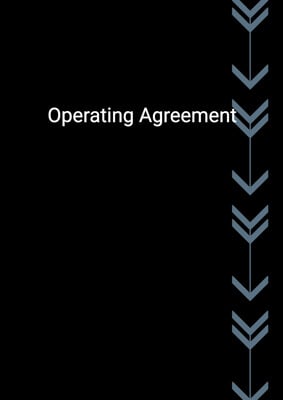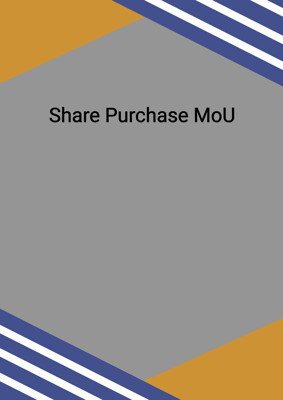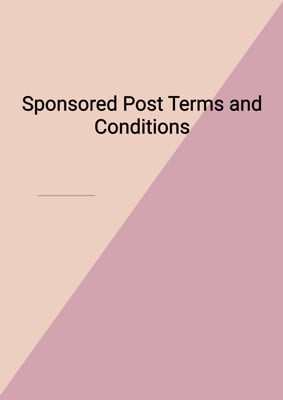How to Tailor the Document for Your Need?
01
Create Document
Click "Create Document" button and the document will be prepared with your account details automatically filled in.
02
Fill Information
Please fill in any additional information by following the step-by-step guide on the left hand side of the preview document and click the "Next" button.
03
Get Document
When you are done, click the "Get Document" button and you can download the document in Word or PDF format.
04
Review Document
Please review the document carefully and make any final modifications to ensure that the details are correct before publication / distribution.
Document Preview
Document Description
The Know Your Client (KYC) Template is a document that is used to gather important information about a hedge fund. This document is crucial for ensuring compliance with regulatory requirements and for establishing a strong client relationship.
The entire document is divided into several sections, each focusing on a specific aspect of the hedge fund. The first section is the hedge fund questionnaire, which includes questions about the proposed name of the fund, the names and addresses of the directors, and their biographical details. This section aims to gather basic information about the fund and its key personnel.
The next section focuses on the investment objective and strategy of the fund. It asks for details about the fund's investment objective and strategy, the countries in which interests in the fund will be offered to investors, and the markets in which the fund will invest. This section aims to provide a clear understanding of the fund's investment approach.
Another important section of the document deals with the fund's investment limits and restrictions. It asks about the percentage of the fund's net asset value that may be invested in a single company, the percentage of a single company that the fund may hold, and the percentage of the fund's net asset value that may be invested in unlisted securities. This section aims to ensure that the fund operates within the prescribed limits.
The document also covers important topics such as the use of side pockets for illiquid investments, the maximum percentage cash borrowing limit, and the fund's ability to short sell. These sections provide insights into the fund's risk management practices and investment strategies.
The subscription and redemption section of the document focuses on the process and timing of subscriptions and redemptions. It asks about the initial offer commencement date, the closing date for the initial offer, and the minimum amount that must be raised in the initial offer period. It also covers the minimum subscription and redemption amounts, lock-up periods, and redemption gates. This section aims to provide clarity on the fund's subscription and redemption policies.
The document also includes sections on the fund's service providers, such as the manager, investment adviser, administrator, prime broker, custodian, and auditors. These sections gather information about the background and qualifications of these service providers, ensuring that they meet the necessary standards.
Lastly, the document addresses the fees associated with the fund. It asks about the annual percentage rate of the management fee, the percentage rate of the manager's performance fee, and the existence of a hurdle rate for the performance fee. It also covers other fees such as the initial charge on subscriptions, redemption fees, and the expected fees of the fund's directors. This section aims to provide transparency regarding the fees associated with the fund.
In summary, the Know Your Client (KYC) Template is a comprehensive document that covers all aspects of a hedge fund, from its basic information to its investment strategy, service providers, and fees. It is an essential tool for ensuring compliance and establishing a strong client relationship.
How to use this document?
1. Review the hedge fund questionnaire section and provide the proposed name of the fund, the names and addresses of the directors, and their biographical details.
2. Provide details about the fund's investment objective and strategy, including the countries in which interests will be offered and the markets in which the fund will invest.
3. Specify the investment limits and restrictions, such as the percentage of the fund's net asset value that may be invested in a single company and unlisted securities.
4. Determine whether the fund will use side pockets for illiquid investments and establish the maximum percentage cash borrowing limit.
5. Decide whether the fund will be permitted to short sell.
6. Set the initial offer commencement date and the closing date for the initial offer.
7. Determine if there is a minimum amount that must be raised in the initial offer period for the fund to proceed.
8. Establish the timing requirements for subscriptions and redemptions.
9. Determine the minimum initial subscription per investor, subsequent subscription per investor, holding per investor, and redemption amount.
10. Decide if there will be a lock-up period and specify the percentage rate of the redemption gate.
11. Identify the manager, investment adviser, administrator, prime broker, custodian, and auditors, and provide their respective addresses and background information.
12. Determine the annual percentage rate of the management fee and the percentage rate of the manager's performance fee.
13. Establish if there is a hurdle rate for the performance fee and specify its percentage.
14. Decide if the fund will use equalisation in respect of the performance fee or issue series shares.
15. Determine if the manager and/or the investment adviser will receive and retain cash commission rebates.
16. Specify the initial charge on subscriptions, if any, and the percentage rate of the redemption fee.
17. Determine the expected fees of the fund's directors and the expected preliminary expenses of the fund.
18. Decide whether the preliminary expenses will be amortised or expensed immediately.
Note: It is important to consult legal and regulatory experts to ensure compliance with applicable laws and regulations throughout the process.
Not the right document?
Don’t worry, we have thousands of documents for you to choose from:

